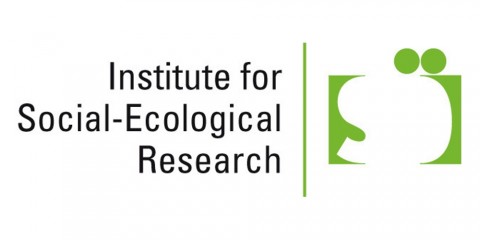CuveWaters – Sustainable water management in Namibia
2006 - 2015 • ISOE (Institute for Social-Ecological Research), (Institut für sozial-ökologische Forschung), Technische Universität Darmstadt (TUD)
Purpose
Integrated Water Resource Management (IWRM) in the northern Namibian Cuvelai-Etosha Basin; research project in collaboration with Technische Universität Darmstadt (TUD) and other partners
Activities
The project team of CuveWaters, led by ISOE – the Institute for Social-Ecological Research, has succeeded in turning wastewater into a resource in this most arid region of the world, so that processed wastewater from sanitary facilities can be used for agricultural purposes.
Approximately 850,000 people live in central northern Namibia. About 40 percent of the population in urban areas don’t have access to adequate sanitary facilities. In order to improve the sometimes dramatic situation for the population, the „Namibian Sanitation Strategy“ recommends using efficient flushing toilets in conjunction with innovative wastewater technologies. As a result, the CuveWaters team has developed a novel sanitation concept plus vacuum system within the framework of an integrated water resources management (IWRM): The sanitary facilities are part of a complex disposal, treatment and reuse system that has been developed together with the local population and with Namibian partners from government and industry.
Countries of activity
Location of main activity
Further information
The Research project is not supported by the German Federal Ministry of Education and Research (BMBF) until September 2015.
Filter tags
Biogas systems Community sanitation Energy: biogas Europe & Central Asia German government Greywater or wastewater Product design and engineering Resource recovery Specific to one or several countries Sub-Saharan Africa Treatment of wastewater or greywater University, education or research institution Urban (entire city) Water (irrigation, process, other)
Links

Uploaded by:
danijela milosevic (milli)














